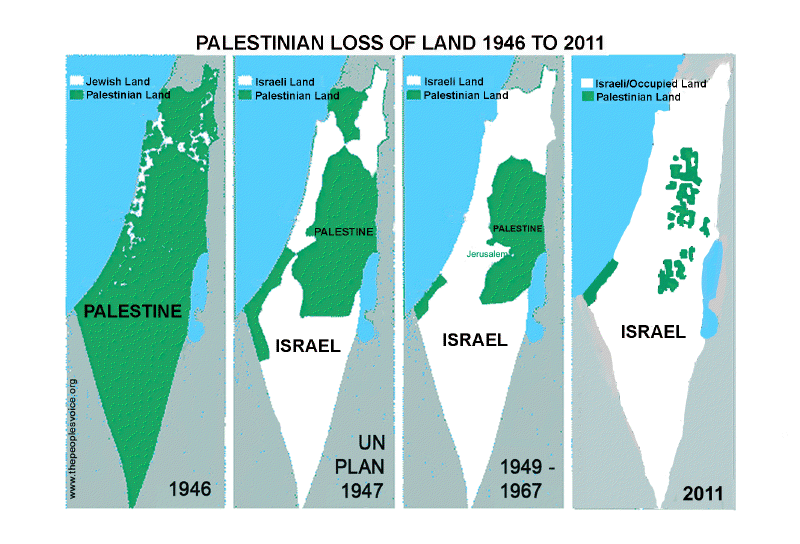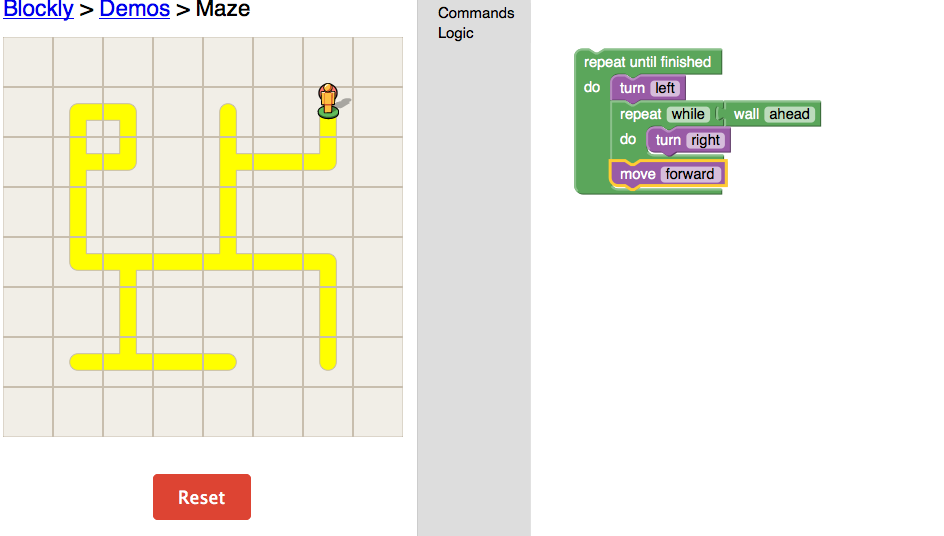HIST 390 Final Project
Introduction
1948… This was the year the United Nations began to recognise Israel as an independent Jewish state within the Middle East, but what does that really mean? This means that the country will practice and uphold Jewish traditions and religion. As if the Middle East didn’t already have enough conflict on its own, a Jewish state had to rise amidst the chaos. This did not fare well with the neighbouring countries, as they were Arab nations, resulting an in an immediate attack on the newly independent Jewish state. Egypt, Lebanon, Syria & Iraq all attacked Israel on the day of independence, creating worry about the state’s survival. One thing Israel had that these attacking nations didn’t was the ability to make a coordinated attack, and so they did. This led to Israel’s military victories, and as a result of this “War of Independence” and the United Nations, Israel was able to expand its territorial claim further into the Palestinian state. Good for Israel, bad for the native Arabs. This was only the beginning of this ongoing conflict.
In this project, I will address the attributing factors and discover why this conflict has not ended.
Defining the Conflict
It began with the UN sanctioning a refuge for the Jewish people in a place where there was already a population living. This is the root of the conflict. This is not wrong on behalf of the UN because at the time many Jews had undergone religious prosecution in Europe causing many to find a new place to seek refuge in order to avoid the genocidal war. Zionism played a huge role in this migration by encouraging those affected by religious persecution to seek a new place to settle in historic Palestine. When they began their migration, the Palestinian region was a territory of the British allowing for easy movement. When the UN finally announced their act, destruction of the indigenous Arab people began attributing to the conflict. After the “War of Independence” those Palestinians who had originally lived in the new state of Israel were barred from returning to their homes causing a huge population of refugees. Those who stayed in the state of Israel were segregated and classified as 2nd class citizens. These factors play a big role in the quick expansion of the conflict. Basically, one group of refugees now had a new home; however, resulting in a new group of refugees created. Israel was founded as a Jewish state, but what does that mean? Equality has been a big thing in Israel, but due to religious differences institutional discrimination exists causing a bigger conflict between the Israelis and the Palestinians. The goal of the Israeli government is to accumulate maximum land and resources which has caused them to expand into the Palestinian territories. Although they state equality is a goal, they want the land for Jewish people, not the indigenous Arabs. Within Israel, Jews receive privileges that the Palestinians would not even under the same circumstances. Seeing as 20% of the population of Israel is Palestinian there is no doubt why the conflict is present. Israel has been building Jewish communities within Gaza and the West Bank causing an unwanted diversity. Finally resulting in the recurring pattern of control, repression and violence that we have today.
Concluding Statement
One might ask why this is relevant to them. Israel is one of the strongest allies of the United States and if things ever got too bad there is no doubt that the United States would get involved resulting in a mass outbreak of violence in the Middle East. If this conflict is not suppressed in the near future, we may be looking at a next world war. Seeing as the Palestinians are backed by groups in Egypt, Syria and Jordan, Israel would most definitely need help in the event of a multinational conflict. It is important to understand the basis of this conflict in order to seek an ending to it. In my PowerPoint, I will address many of the factors attributing to the conflict. This conflict will always be on the top of my head because its one of the longest ongoing conflicts. Not even the Cold War can surpass this. To find an end to this conflict would be a miracle for the world, but for now we can only look on to it as it affects the history of the world.
Brief Slide Explanations
- Title Page
- This page is a quote by George W. Bush indicating the grave importance of conflict in the Middle East and that we must seek peace.
- My introduction slide is the same introduction that I have utilized in this blog, giving a little background on the conflict, but not spoiling it all.
- This is the first of three of my map pages and this one shows the 12 original districts of the Palestinian region in 1946 and the partition of the United Nations as a result of Jewish refugees in the region.
- This slide is a modern-day map from Google Earth.
- My third map slide shows an overlay displaying how Israel has extended its boundaries into the Palestinian territories. This is important because Israel has never really defined its borders.
- This chart shows the number of Jewish people and Arab people that live in this region how they compare. Its important to know this because its an attributing factor to the conflict. The UN partitioned a huge piece of land for the Jewish people; however, the population of Arabs was greater than the Jews at the time of the partitioning. Its impossible to squeeze a bigger number of people into a smaller place and not have conflict.
- This is a basic graph to show the death toll of this ongoing conflict since 1930.
- This slide just offers a few photos from the region.
- This slide offers an analysis of a text from a scholarly journal. I found this article very interesting as it offered some good incite on the root of the conflict.
- This is my second analysis. The article I read for this analysis offered me some good information on how the Jewish state accomplishes things and why they do the things they do.
Synthesized Relationship
When viewing the PowerPoint its easy to see why territorial issues have been a key contributor to the conflict between the Palestinians and the state of Israel. The maps offer a visualization of how Israel has expanded its in lands into that of the Palestinians and the result can clearly be seen through the death toll graph. The Israelis have received the full fledged support of the United States in almost everything they do and for that reason there has not been much criticism on what the state does in the region, whether its expanding into already populated land in order to make new Israeli communities or institutionally discriminate against the Palestinians in the region through segregation, etc. The other graph on ethnicity is weaved into the thesis of studying the conflict by offering a visualization of how the balance of ethnicity has changed over the years as a result of the Partition of 1947 and other acts of violence or war in the region. It can be said that its not morally right to discriminate against the Palestinians who make up about 50% of the region by forcing them into a ever-shrinking piece of land. The analysis of the texts offer some incite on the conflict and why Israel does the things it does. I’d like to conclude on the point that this conflict is not well portrayed through biased media and the root of this conflict is clearly territorial issues that will not be resolved until the land that has been taken through force is returned to indigenous Arabs.
Preservation Path
As for preservation I believe its very important to make sure that our important items stay secure and that they will always be available to us when necessary. For this reason I would opt to use a digital form of preservation, not only because it is very convenient, but because I believe if a paper copy was made it would eventually be lost or the quality would degrade over time. It might be fine to make one print copy for personal reference; however, I feel that the LOCKSS method of preservation would be a lot more reliable. Whether its online or in a digital storage, its important that we save it in multiple places.
First, I would make a digital copy on my own hard drive and create an encrypted folder that could prevent hacking if I were ever to be a target of that. After making the original digital copy on my hard drive, I would find a trusty memory drive that I could easily plug in and remove from the computer and save a digital copy on that as well as create an encrypted folder. Its important to encrypt things in order to add a better protection against hackers and such. After saving the two copies I’d post my presentation to multiple blogs as most blog sites seem to stay up for a long time. I’d make sure all my blogs did not have the same password in order to be more secure. I believe digital preservation offers a lot more security of analog preservation because we are in a world today where digitization has taken over. One day we may even be able to access ANY book or project through digital sources. Preservation and security will always play a huge role in a project like these because they are so easy to lose track of that one must be very diligent when planning to secure these.



Recent Comments